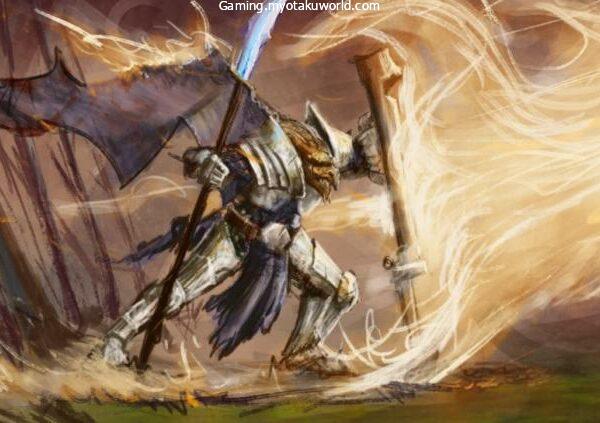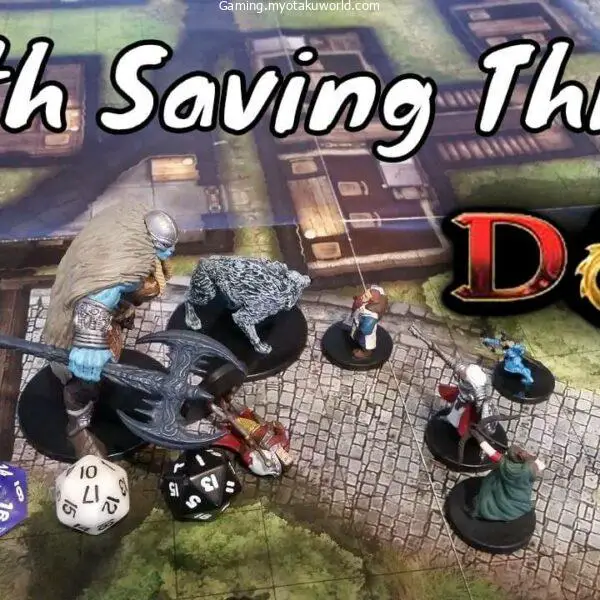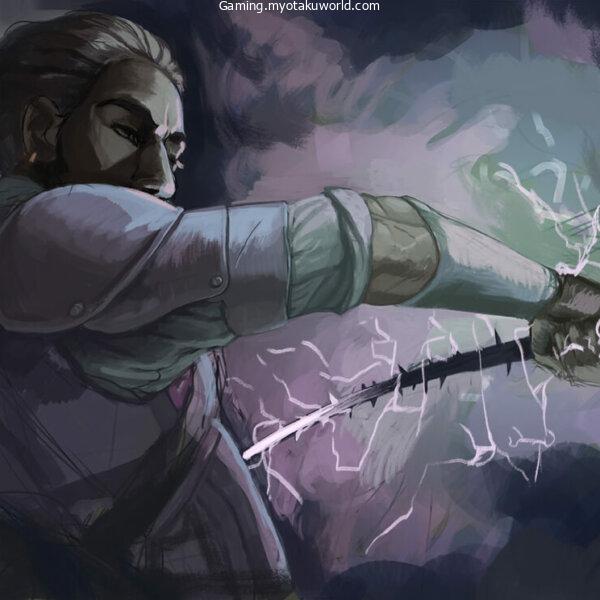Today we’ll be looking to the cold touch that is found in the Sorcerer, Warlock, and Wizard spell lists.
This is a commonly overlooked damage-cantrip over common spells such as firebolt however it’s nonetheless a good option and sometimes fantastic.
The guidelines for touch that is chill located on page 221 in the Player’s Handbook, areas they are:
Chill Touch 5e

Necromancy could be a trigger
Time to Cast: 1 action
Range: 120 feet
Components: V, S
Duration: 1 round
You can create ghostly hands that are skeletal in the vicinity of an enemy within reach.
Create a ranged spell attack against the creature to afflict them with the chilling of death.
If you hit the target, the victim takes 1d8 damage from necrotic and cannot recover damage points till the beginning of the next round. The hand will cling to your object.
If you strike dead targets you also suffer a disadvantage in attack rolls against you until the close of your next turn.
The damage from this spell is increased by 1d8 as you progress to the 5th degree (2d8) 11th grade (3d8) or 17th degree (4d8).
When we look at the rules for chill-touch It follows the usual rules for cantrips that are damaging.
It requires an attack roll on spells and causes damage that is proportional to the normal progression of cantrips. getting additional damage dice at the 5th, 11th, and 17th levels.
Is Chill Touch Good?
On the surface, chill touch can very easily be considered to be a decent cantrip or, at the very least it is decent.
When we compare it with firebolt solely for damage, they are very similar, with just small distinctions.
Firebolt can be described as an attack that ranges (similar to chill touch). It can deal 1d10 fire damage (whereas chill touch deals with necrotic damage of 1d8) with a range from 120 feet (also similar to chill touch).
Firebolt can as well makes things flaming while chill touches have an additional effect that blocks healing, and provides an additional buff to the undead.
If we look at raw damage the difference between the d8 and d10 is just an average of approximately 1-point of loss.
Yes, it adds about 4 points by 17th level. It doesn’t take into account excellent rolling but, on average (I.E almost all the time) it’s an insignificant loss.
One thing you should consider is the type of damage. Fire damage is among the most difficult damage types available in the game.
Many creatures are resistant to it, making firebolt less efficient or ineffective against them.
But, Chill Touch causes necrotic damage which is much less resistant to and has fewer creatures that are invulnerable to it.
It means the chill contacts likely be able to have the ability to inflict the full amount of damage to whatever foe you encounter.
Hot Tip
If you’re trying to maximize your damage type the most effective form of damage to the most severe is as follows magical bludgeoning and cutting and piercing forces as well as psychic, radiant necrotic acid, lightning, thunder, fire, and non-magical bludgeoning cutting and piercing.
It is defined by the number of animals that are resistant to these kinds of damage Magical weapons have the lowest, while non-magical weapons are the most resistant.
Optimizing Chill Touch
To get the maximum benefit from this cantrip is not based on the class that can use it or the types of feats that can increase its effectiveness, but rather on the best time to utilize it.
Like we said it’s only slightly more expensive than its counterpart, firebolt is utilized for damage and is more effective against a wider range of creatures.
The point at which cool touch gets its shine is when you’re in a position to benefit from its secondary benefits. The first is to deny your target the ability to recover hit points.
This is particularly beneficial against creatures with the Regeneration feature and hinders them from being able to quickly heal after battles, such as the trolls or hydras.
It can also be very effective for use against rival spellcasters, who might be able to heal those around them.
When one or more of your friends have knocked down an opponent you might consider trying to the chill effect on them to ensure that their cleric friend doesn’t get them back up.
The effect of inflicting the disadvantage of attack roll in the event that the target is not dead in any way is pretty good.
It means they will be less likely to strike you and anyone else they could have in mind, and being the least amount of hits is always beneficial.
Furthermore, this effect is only available to undead targets up to the end of the next turn.
This implies that you may be able to help an ally who is fighting with an undead animal they would like to get away from but do not want to waste their time disengaging from it.
By creating disadvantages on your opponent, they will be able to more easily escape, while you deal some damage while helping them.
Another, and likely missed aspect of this trip will require a little more deep knowledge of the creatures that play that are in the game.
If you recall from earlier some creatures are immune to necrotic injury. These species are Shadows, Ghosts, and Banshees as well as others.
What you could be able to discern by this observation is they tend to be the kind of creatures that are best known as the incorporeal undead.
This undead is disadvantaged on attacks when hit with a cold touch.
If you’re lucky enough to be confronted by something invulnerable to necrotic harm, chill touches are nevertheless quite effective.
If it’s immune to necrotic damage to necrotic damage, it’s probably also undead, which lets you inflict an advantage on its attacks.
Final Words
It’s possible say it’s safe to say that chill Touch is quite a great cantrip and is particularly effective in specific scenarios where its secondary features can be tapped into.
One thing that may cause Chill Touch to be overlooked is the way it is referred to as a spell that can be ranged and not a melee attack (as touch suggests) and also does necrotic damage rather than cold injury (as chill suggests)!.
If it could have dealt cold damage, and was a melee attack the damage could have been much worse than it is, and so it’s only natural that it might be misunderstood by players’ initial glance.









